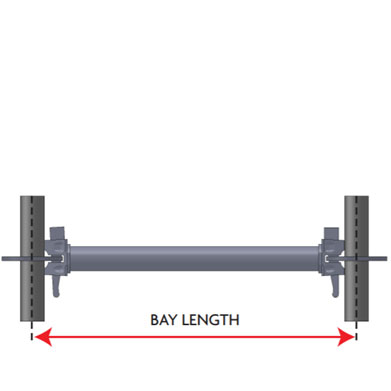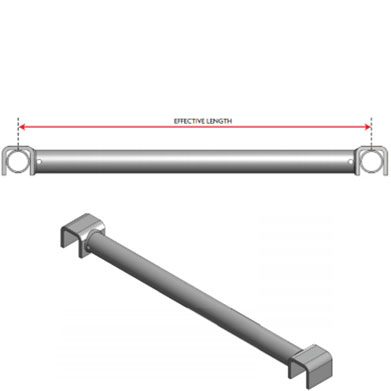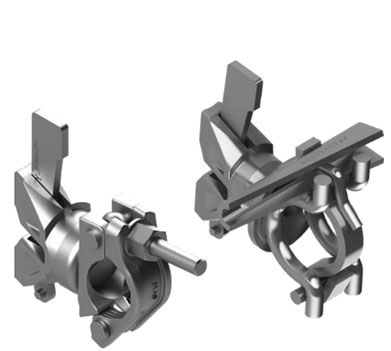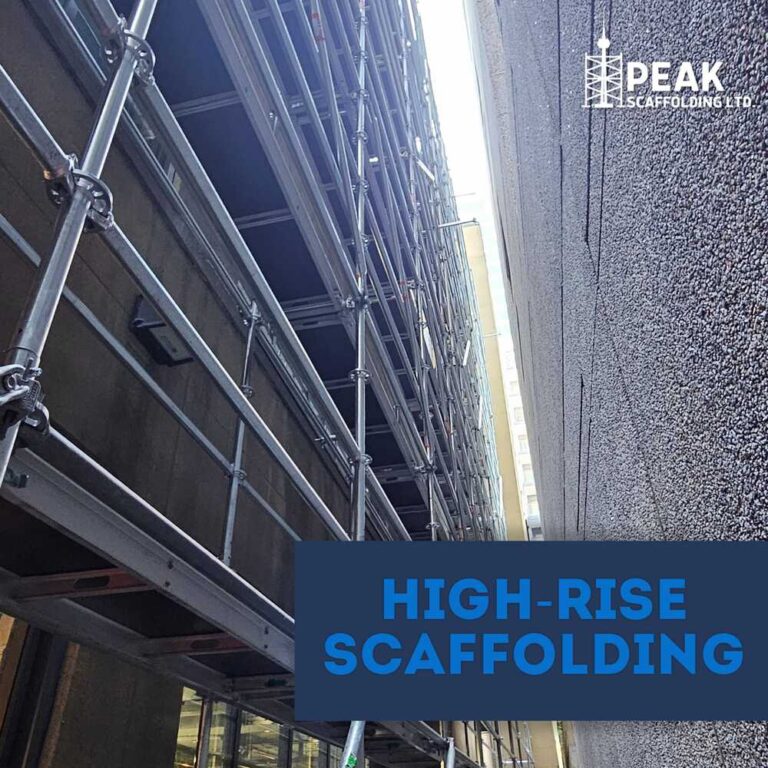Introduction
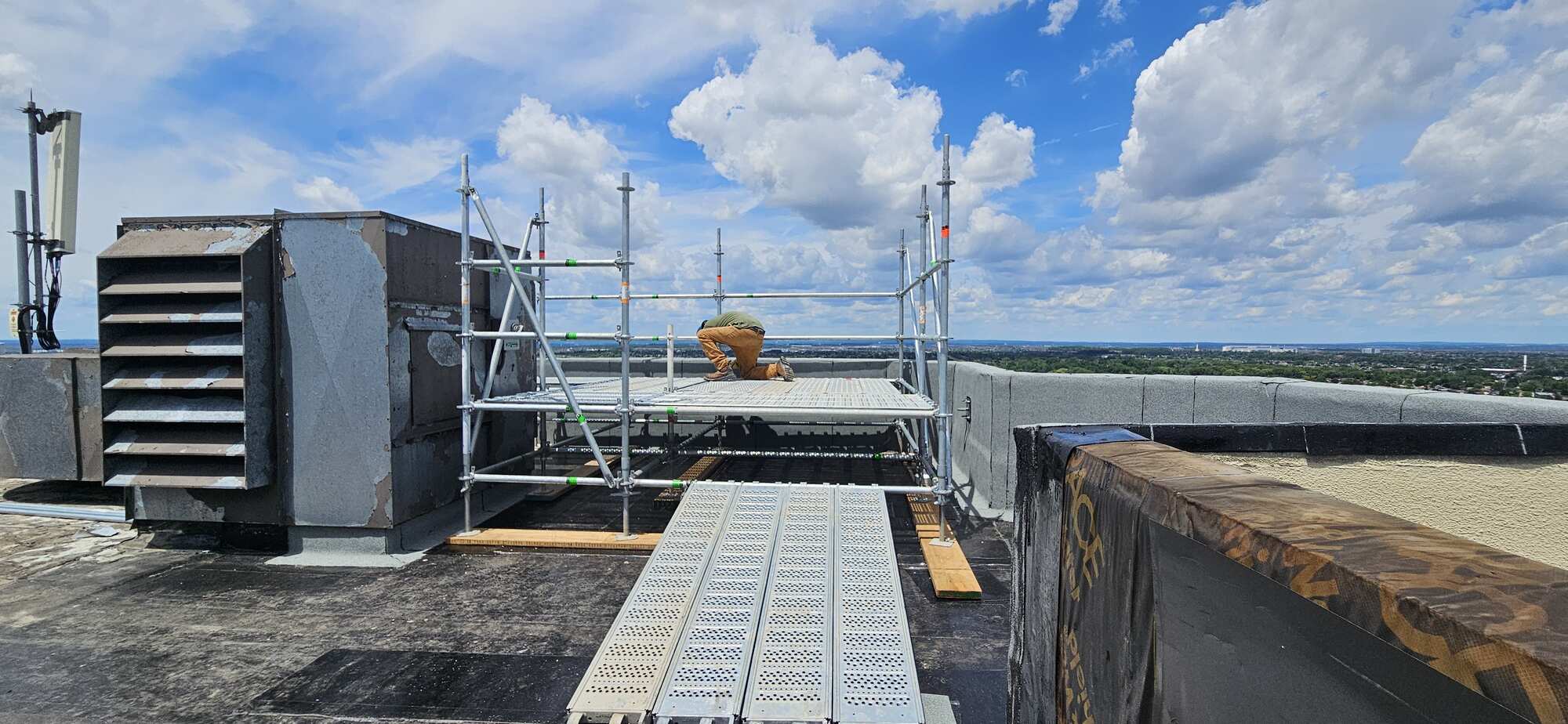
Picture this: a towering skyscraper reaching towards the clouds, a historic building undergoing restoration, or even a film set transforming into a fantastical world. Behind each of these scenes, there’s a crucial element ensuring safe access and efficient work at height: scaffolding. And behind the scaffolding itself? A team of skilled professionals known as scaffolders.
In the world of construction, scaffolders play an essential role. They are the architects of these temporary structures, meticulously designing, erecting, and dismantling them to enable a wide array of tasks. This blog post will delve into the world of scaffolding and shed light on the pivotal contributions of scaffolders to the construction industry.
What is Scaffolding?
At its core, scaffolding is a temporary structure used to provide access and support for workers during construction, maintenance, or repair projects. It acts as a safe and stable platform, allowing workers to reach elevated areas, carry out tasks, and move materials with ease.
Key Components of a Scaffolding System:
Images via Nuera Scaffold
Standards: These are the vertical tubes or poles that form the backbone of the structure, providing support and stability.
Ledgers: Horizontal members that connect the standards, creating the framework for the scaffolding.
Transoms: Horizontal beams that span across the ledgers, adding further support and creating a platform for decking.
Braces: Diagonal members that reinforce the structure and prevent lateral movement.
Decking: The actual platform where workers stand and perform their tasks.
Couplers/Fittings: Connectors that join the various components of the scaffolding together.
These are just some of the components of a scaffolding system.
Types of Scaffolding
There are several types of scaffolding, each designed for specific applications:
- Supported Scaffolding: The most common type, resting on the ground or other solid base. This includes systems like frame scaffolding, system scaffolding (like Ringlock), and tube and clamp scaffolding.
- Suspended Scaffolding: Suspended from a rooftop or other overhead structure, ideal for high-rise buildings or where ground-level support is impractical.
- Rolling Scaffolding: Mobile platforms equipped with wheels, often used for interior work or tasks requiring frequent repositioning.
- Specialty Scaffolding: Various other types exist for unique applications, such as cantilever scaffolding, trestle scaffolding, and mast climbers.
The type of scaffolding used on a project depends on various factors, including the building’s height, the nature of the work, and site-specific constraints. PEAK Scaffolding specializes in both Ringlock System Scaffolding and Tube and Clamp Scaffolding, offering versatile solutions for a wide range of construction projects.
What Does a Scaffolder Do? The Unsung Heroes of Construction
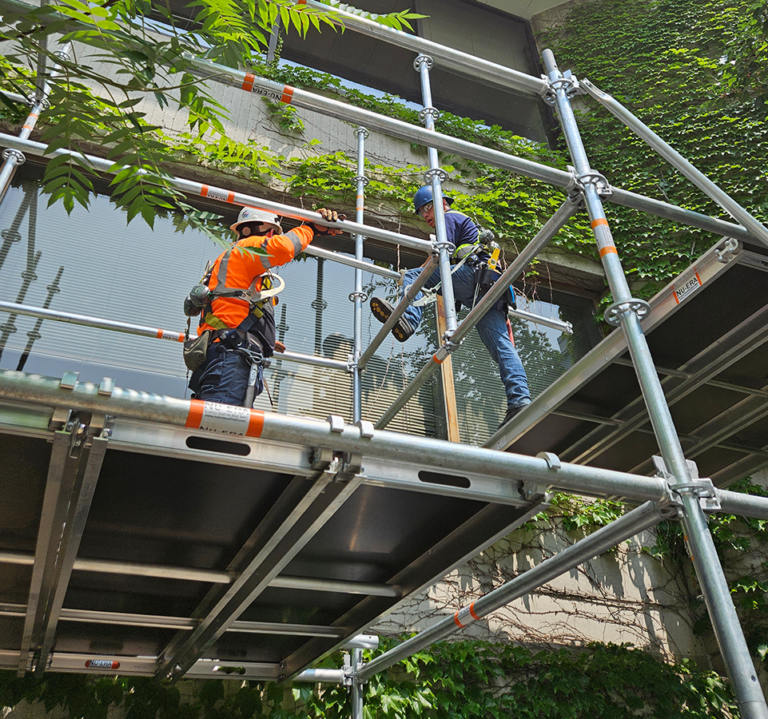
While scaffolding might appear as a static structure, it’s the result of dynamic and skilled work. Scaffolders are the professionals responsible for bringing these structures to life – and ensuring they’re safe for everyone who uses them.
Core Tasks of a Scaffolder
Scaffolders are involved in every stage of a scaffolding’s lifespan, from conception to dismantling. Their key tasks include:
- Erecting & Dismantling Scaffolds: This involves assembling and taking apart the scaffolding structure, ensuring it’s built according to the design plans and safety standards.
- Reading Blueprints & Plans: Scaffolders need to understand technical drawings and specifications to build the scaffolding correctly.
- Selecting Appropriate Components: They choose the right types and sizes of materials for the job, ensuring the scaffold is strong and stable enough to support the intended loads.
- Ensuring Stability & Safety: Scaffolders meticulously check that the structure is level, plumb, and securely braced. They also adhere to safety regulations, such as the 3-to-1 rule and other guidelines.
- Inspecting for Damage/Wear: They conduct regular inspections to identify any damage, wear, or potential hazards, taking corrective action as needed.
Skills & Qualities of a Successful Scaffolder
Scaffolding is physically demanding and requires a specific skill set. Successful scaffolders possess:
- Physical Strength & Stamina: Erecting and dismantling scaffolds involves lifting, carrying, and maneuvering heavy materials.
- Problem-Solving & Spatial Reasoning: Scaffolders need to analyze blueprints, visualize the final structure, and adapt to site-specific challenges.
- Attention to Detail & Safety Consciousness: Precision is key in scaffolding construction. Scaffolders must pay close attention to every detail to ensure the structure’s stability and safety.
- Teamwork & Communication: Scaffolding projects often involve multiple workers. Effective communication and collaboration are essential for ensuring a safe and efficient build.
Training & Certification
Becoming a qualified scaffolder requires specialized training and certification. In Ontario, scaffolders typically complete an apprenticeship program or attend a trade school to learn the necessary skills and knowledge.
Continuing education is also important in this field, as safety regulations and construction techniques evolve. Scaffolders need to stay up-to-date to ensure they’re providing the safest and most efficient solutions.
Why Scaffolders Are Essential: The Backbone of Construction
Scaffolders may not always be in the spotlight, but their work is indispensable for the success and safety of countless construction projects. They provide the crucial access and support that enable various tradespeople to carry out their tasks at height.
Ensuring Worker Safety
Falls from heights are a leading cause of workplace injuries and fatalities in the construction industry. Scaffolders play a vital role in mitigating this risk by providing safe and stable work platforms. Their expertise in designing, erecting, and inspecting scaffolds ensures that workers have a secure environment to perform their duties, minimizing the risk of falls and accidents.
Enhancing Efficiency and Productivity
Scaffolding allows workers to access all areas of a project efficiently, eliminating the need for ladders or other makeshift solutions. This streamlines work processes, improves productivity, and reduces downtime, contributing to the overall efficiency of the project.
Enabling Versatility and Adaptability
No two construction projects are exactly alike. Scaffolding systems need to be versatile and adaptable to accommodate different building shapes, sizes, and access requirements. Scaffolders possess the skills and knowledge to design and construct scaffolding solutions that meet the unique challenges of each project, ensuring optimal access and support for workers.
Promoting Cost-Effectiveness
Scaffolding offers a cost-effective alternative to building permanent structures for access during construction or maintenance projects. Its temporary nature and reusability make it a practical and budget-friendly solution. Scaffolders help to further optimize costs by designing efficient systems that minimize material usage and labour requirements.
Handling Complex Setups
Some construction projects require intricate and complex scaffolding setups. Scaffolders possess the specialized knowledge and experience to handle these challenges, ensuring that even the most demanding projects have safe and effective access solutions. Their expertise extends beyond basic scaffolding structures to encompass suspended scaffolds, cantilevered platforms, and other specialized systems.
In essence, scaffolders are the unsung heroes of construction, working tirelessly behind the scenes to enable the safe and efficient completion of projects. Their skills and dedication contribute to the success of every building, bridge, and structure that shapes our world.
Example: A High-Rise Renovation in Downtown Toronto
Imagine a major renovation project on a high-rise building in downtown Toronto. The building’s facade needs extensive repairs, and new windows are being installed. Without skilled scaffolders, this project would be nearly impossible.
- Scaffolders’ Role: The scaffolders would design and erect a complex scaffolding system that provides access to every part of the building’s exterior. They would ensure the scaffolding is securely anchored, stable in windy conditions, and complies with all safety regulations.
- Safety and Efficiency: The scaffolding would allow workers to safely access all areas of the facade, replacing windows and conducting repairs efficiently. Without the scaffold, workers would be at risk of falls and the project would take significantly longer.
- Public Safety: The scaffolders would also incorporate protective measures like debris netting to prevent falling objects and ensure the safety of pedestrians below.
This example demonstrates how scaffolders are crucial for enabling complex construction projects and ensuring the safety of workers and the public. Their expertise and dedication are essential for bringing these projects to life.
FAQs about Scaffolders & Scaffolding
Even with the information provided above, you might still have some questions. Here are answers to some common queries about scaffolders and scaffolding:
Scaffolding, like any construction activity, has inherent risks. However, with proper design, installation, maintenance, and worker training, these risks can be significantly minimized. Adhering to safety regulations and best practices is crucial for ensuring a safe working environment.
Becoming a qualified scaffolder usually involves completing an apprenticeship program or attending a trade school, which can take several years. Additional certifications and ongoing training are often required to stay up-to-date with industry standards and regulations.
While it might be tempting to build your own scaffold for a small DIY project, it’s generally not recommended. Scaffolding requires specialized knowledge and skills to ensure its stability and safety. Improperly constructed scaffolding can lead to serious accidents.
When selecting a scaffolding company, consider the following factors:
- Experience and Expertise: Choose a company with a proven track record and experience in handling projects similar to yours.
- Safety Record: Prioritize companies that have a strong commitment to safety and adhere to all regulations and industry standards.
- Certifications: Look for certifications from reputable organizations like the Access Association of Canada (AAC) or the Canadian Standards Association (CSA).
- Customer Service: Choose a company that is responsive, communicative, and dedicated to providing excellent customer service.
Conclusion
Scaffolders are the unsung heroes behind countless construction projects, their expertise enabling the safe and efficient execution of tasks at height. From erecting towering structures to facilitating delicate restoration work, scaffolders play a vital role in shaping our built environment.
Understanding the importance of their work, the complexities of scaffolding systems, and the critical safety measures involved is key to appreciating their contribution. Whether you’re a construction professional, a building owner, or simply a curious observer, recognizing the value of scaffolders and the artistry of their craft is essential.
At PEAK Scaffolding, we’re proud to have a team of skilled and dedicated scaffolders who are passionate about their work. We prioritize safety, quality, and customer satisfaction in every project we undertake.
If you’re looking for a reliable and experienced scaffolding partner in Toronto, look no further than PEAK Scaffolding. Contact us today to discuss your project needs and discover how we can help you achieve your construction goals with confidence and safety.
Remember, behind every successful construction project stands a team of skilled scaffolders, working tirelessly to build a better, safer, and more accessible Toronto.
Related Posts
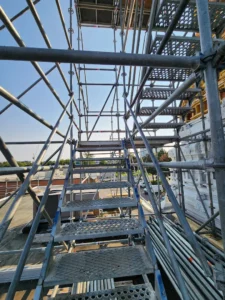

Toronto Building Codes and Scaffolding: What You Must Comply With




